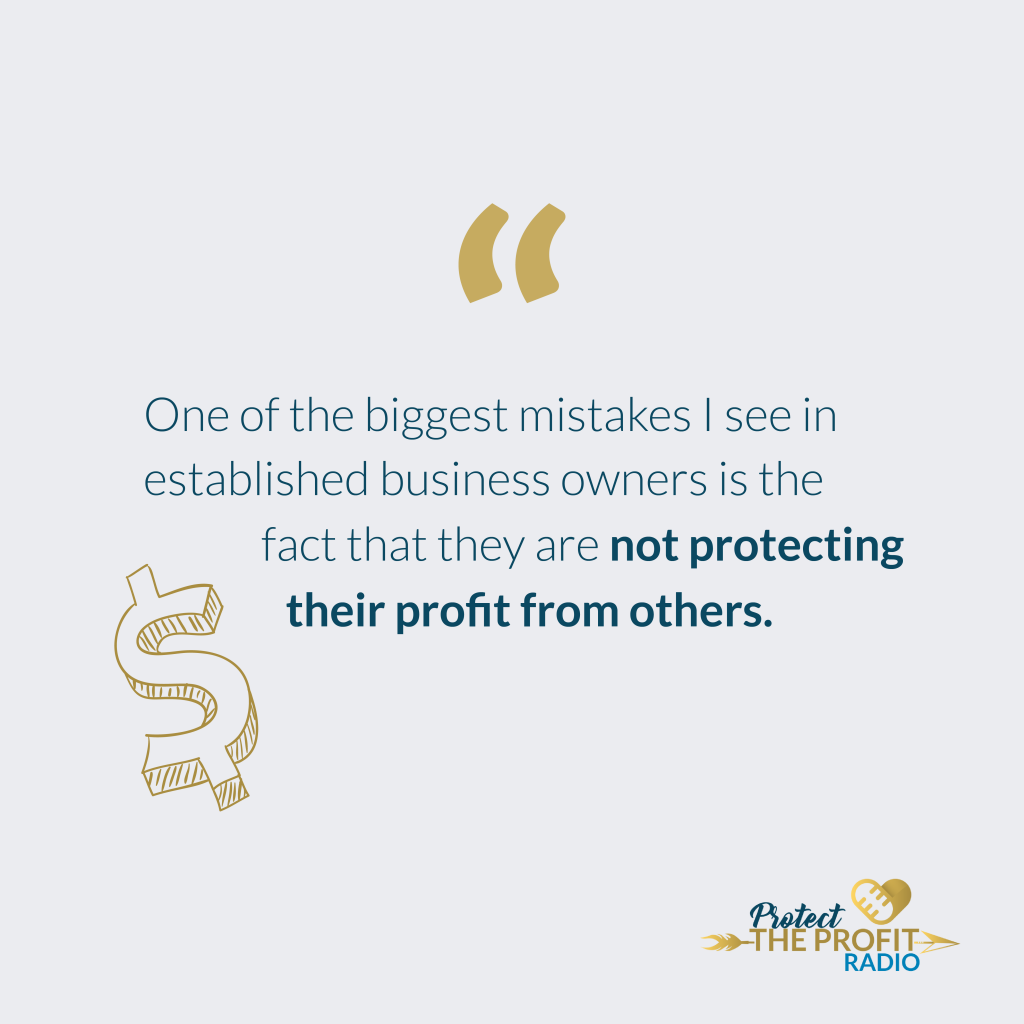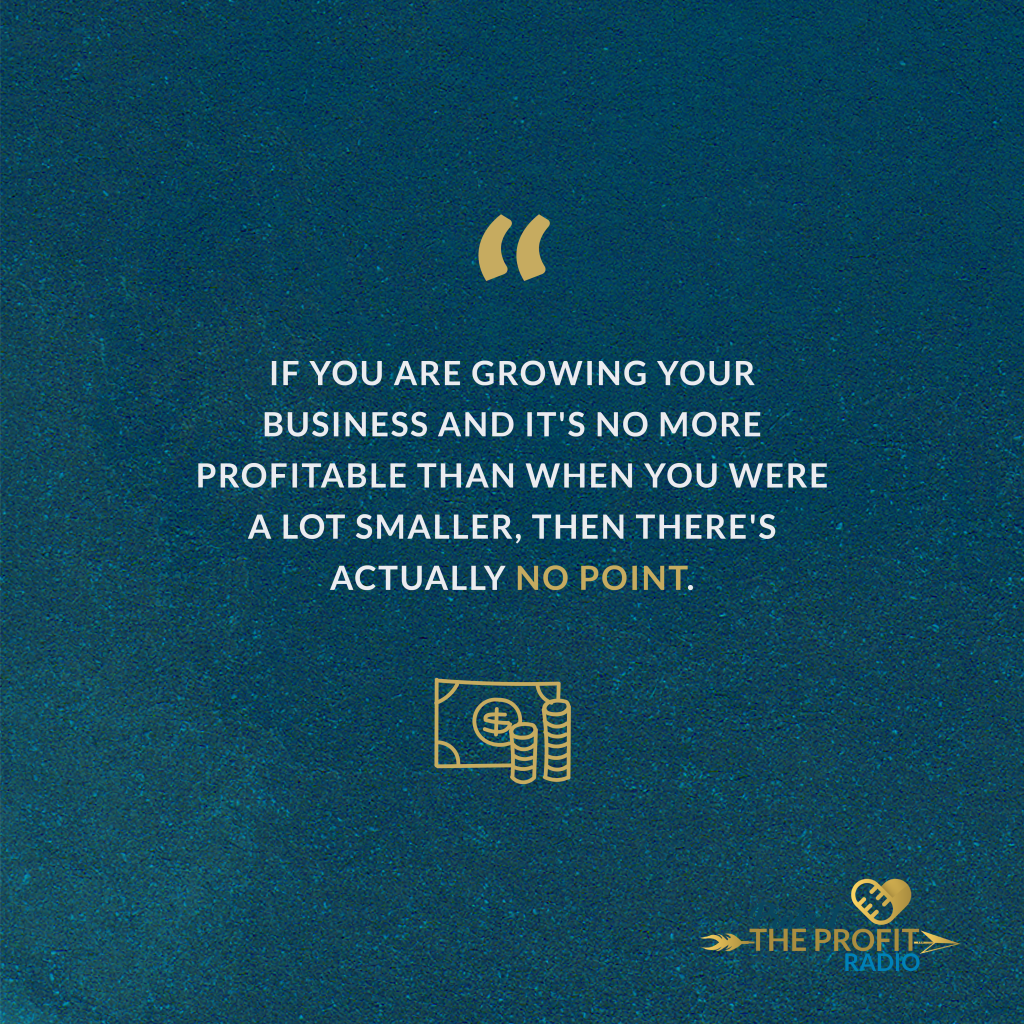The importance of utilizing a profit margin formula to make sure your business lives up to its potential.
In finance and accounting, a profit margin is a measure of an organization’s profits or earnings relative to its revenue. The three metrics concerning profit margin are gross profit margin, operating profit margin, and net profit margin.
With regards to managing the finances of a business, understanding the profit margin of a company is a vital component to its success. Although it appears logical, there are many aspects small business owners are not aware of or take for granted concerning profit margins.

Find this helpful? Like and comment below, or save this episode for future reference. Or share the video to spread the word!
Why Is Profit Margin Important?
Despite slight variations in definition, a profit margin represents the percentage of revenue earned after taxes, expenses, interests, depreciation, and other deducted costs.
Here are some reasons why businesses should keep track of their profit margins:
- It helps develop a business. Knowing the profit margins of a company can help business owners determine underperforming products or excess expenditures. Such data is useful when evaluating how a business should move forward as it grows and expands.
- It helps flag and resolve problems. Being aware of margins can help business owners identify problems they may have in operating their company. For example, if the profit margin is low, a business may have some accounting concerns, pricing problems, or expense management issues.
- It is essential for financing. Despite having a very compelling service, idea, or product offered, lenders will still want to know what the profit margins are for a company before offering them a loan. Even if a business is earning millions, lenders still need proof that a company is profitable, which is a big way profit margins can be useful.
Once company owners have their profit margin, they can easily see how much revenue they are actually getting compared to covering their expenses. Such valuable metrics can further reveal whether their product or service is priced too high or too low.
What Is a Good Profit Margin for a Small Business?
An ideal profit margin largely depends on the industry and expansion goals of a business. It also takes into account a range of other factors, such as the economy.
Industries that have barely any overhead expenses are going to have higher profit margins than others.
Although the ideal margin will vary significantly based on the industry, a general rule of thumb is that a 10% net profit margin is considered to be average. Meanwhile, a 20% margin is considered to be good and a 5% margin is seen as low.
Once again, these guidelines vary depending on the company size and industry, and there are a range of factors that can affect them.

How To Improve Profit Margin
Knowing the ideal margin is the first step in improving the profit margins of a company.
Here are a few ways business owners can help improve their profit margins:
- Lower expenditures. Knowledge about a company’s profit margin can help business owners reveal bloated spending practices or help them decide which areas they need to cut on costs. This involves ensuring that overhead remains as low as possible while being able to produce quality business products and services.
- Remove underperforming offers. The same principles mentioned above apply here. It could be that the company’s gross profit margin analysis shows that a product or service is generated at a higher cost, but is not selling as well as anticipated. Cutting underperforming offers is the owner’s call to make, but it is certainly one way to bring up the profit margin.
- Improve product or service offerings. Is it possible for the business to do more while maintaining the same overhead costs? If the answer is yes, then this means money in your pocket. Consider increasing product and service offerings to get the most out of existing customers, and as a result, improve margins.
- Increase prices. Raising the prices of products or services can be a hard decision for small business owners to make, especially when trying to compete with larger entities. However, sometimes it is a necessity for long-term business survival. Just keep in mind not to overcharge while ensuring that no undercutting happens.

Find this helpful? Like and comment below, or save this episode for future reference. Or share the video to spread the word!
Conclusion
Understanding profit margins can be tricky as it requires determining and understanding what the right metrics are for a business.
That is why business owners should do their own research within their industry. They also need to ensure that they keep track of these profit numbers down to the last revenue and expenditure source.
Knowing where one stands in terms of their profit margin can help owners determine where to go next, which is not the same for every business.
In This Video: Eliminate Profit Leeches!
You may have a high annual business revenue – but did you know that your business may actually not be earning enough? There is an important difference between profit margin vs gross margin! In this episode, Carlotta Thompson explains how a profit margin formula is key to calculating that you are protecting your profit from others so your business can earn at its full potential.
Check Out These Great Additional Resources
https://corporatefinanceinstitute.com/resources/knowledge/accounting/profit-margin/



